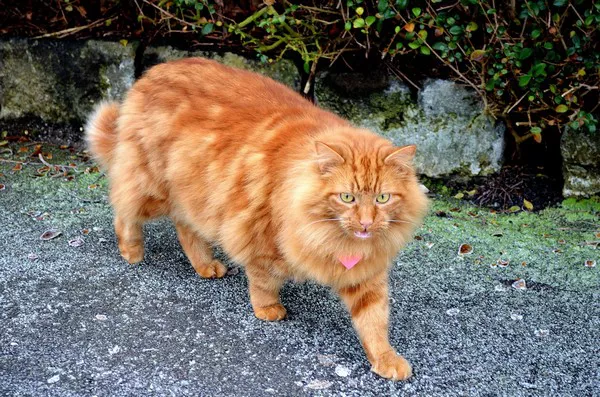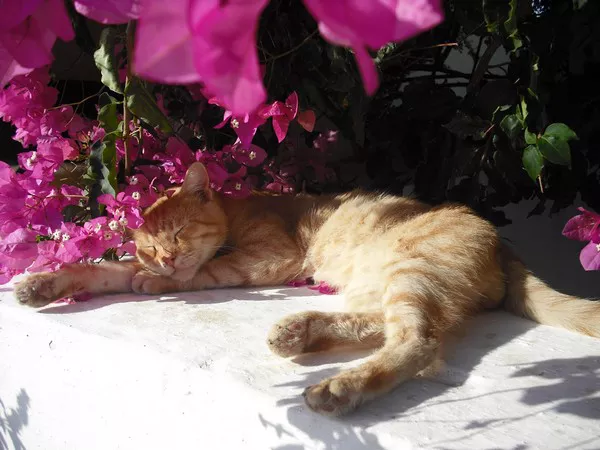Responding to community feedback, the Lavallette borough mayor and council unveiled a revamped ordinance during their meeting on Tuesday, February 20, aimed at permitting the feeding of feral cats within certain guidelines.
The amended ordinance introduces a new section to the borough’s existing code regarding wildlife feeding, specifically targeting the feeding of feral or community cats. Rather than outright banning their feeding, the ordinance seeks to regulate it by restricting feeding to designated hours.
The initiative comes as part of the borough’s efforts to support its animal control officer and volunteers in managing the town’s Trap-Neuter-Relocate (TNR) program, which has garnered praise from residents and officials alike for its success.
“The Borough of Lavallette, like many other communities throughout the State of New Jersey, has an obligation to effectively and humanely control the feral cat populations within its borders,” states the ordinance text. “The Borough believes it is in the interest of the health, safety, and welfare of the citizens of Borough to institute a [TNR] program, in an effort to reduce the feral cat population over time without the necessity of wholesale capture and euthanization.”
Outlined within the ordinance are the responsibilities of individuals who care for and feed the cats, referred to as “feral cat caregivers.”
According to the ordinance, these caregivers are tasked with several responsibilities, including ensuring the vaccination of the colony population against rabies, facilitating the spaying/neutering of all colony cats, safely relocating feral cats, providing descriptions and necessary documents for each cat under their care, and ensuring the provision of food, water, and shelter for the cats.
Additionally, caregivers are required to monitor the cats under their care at least twice a week and collaborate with the borough’s animal control officer to relocate neutered cats. Notably, cats captured and neutered cannot be relocated to government-owned areas like parks or preserved areas.
The ordinance stipulates that while feeding is permitted, it must occur only during daylight hours and food should be offered in containers rather than being dumped on the ground. Any remaining food after feeding must be removed before dark, and feeding areas must be maintained in a clean and sanitary condition at all times.


























